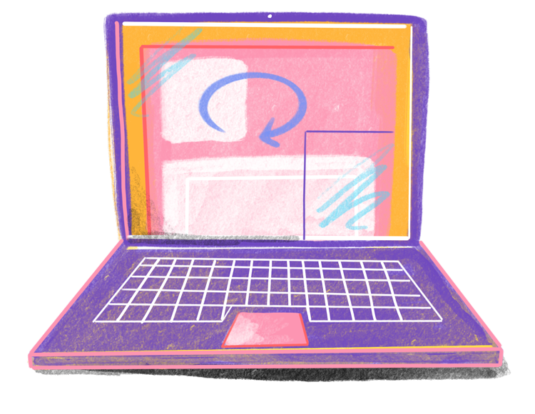Although limited by relatively low survey response rate, OpenNotes was well-received by parents of pediatric patients without untoward consequences. The main concerns pediatricians raise about OpenNotes proved to not be issues in the pediatric population. Our results demonstrate clear benefits to adoption of OpenNotes. This provides reassurance that the transition to sharing notes with pediatric patients can be successful and value additive.
Studies
Words Matter: What Do Patients Find Judgmental or Offensive in Outpatient Notes?
One in 10 respondents reported feeling judged/offended by something they read in an outpatient note due to the perception that it contained errors, surprises, labeling, or evidence of disrespect. The content and tone may be particularly important to patients in poor health. Enhanced clinician awareness of the patient perspective may promote an improved medical lexicon, reduce the transmission of bias to other clinicians, and reinforce healing relationships.
Impact of Patient Access to Online VA Notes on Healthcare Utilization and Clinician Documentation: A Retrospective Cohort Study
In an effort to foster patient engagement, some healthcare systems provide their patients with open notes, enabling them to access their clinical notes online. In January 2013, the Veterans Health Administration (VA) implemented online access to clinical notes (“VA Notes”) through the Blue Button feature of its patient portal.
Perception versus reality: Does provider documentation behavior change when clinic notes are shared electronically with patients?
Secure patient portals have improved patient access to information, including provider notes. Although there is evidence suggesting that electronic note sharing improves communication and care quality, some studies have reported provider concerns regarding note sharing.
Validation of a brief scale to assess ambulatory patients’ perceptions of reading visit notes: a scale development study
Four studies were used to evaluate the construct validity of a benefits and risks scale. Study 1 refined the items; study 2 evaluated underlying factor structure and identified the items; study 3 evaluated study 2 results in a separate sample; and study 4 examined factorial invariance of the developed scale across educational subsamples.
The findings suggest that the four-item benefits scale has excellent construct validity and preliminary evidence of generalising across different patient populations. Further scale development is needed to understand perceived risks of reading open notes.
Sharing Notes With Adolescents and Young Adults Admitted to an Inpatient Psychiatry Unit
Our data suggest that AYA patients with active behavioral health concerns understand and express general satisfaction with their medical documentation. Overall, reading medical documentation seemed to help a greater proportion of research participants as opposed to hindering or having no effect on inpatient counseling and therapy compliance. These are the first data to demonstrate medical note comprehension and satisfaction among AYA patients in vulnerable clinical settings.
Open Notes in Oncology: Patient versus Oncology Clinician Views
Most oncology clinician views about open notes differ from those of patients. For example, 70% percent of clinicians agreed that open notes are a “good idea,” while 98% of patients endorsed this view. Further, 44% of oncology clinicians believed cancer patients would be confused by notes; just 4% of patients reported feeling confused after reading. Patient and clinician views about open notes in oncology are not aligned, with patients expressing considerably more enthusiasm.
Preserving privacy for pediatric patients and families: use of confidential note types in pediatric ambulatory care
Our data demonstrate variability in the use of a confidential note type across specialties, patient ages, and types of confidential information. This note type is frequently utilized by a subset of providers who often manage sensitive patient and parent information. As vendors and institutions enable open notes, thoughtful implementation and provider education surrounding the use of this confidential feature is needed.
Sharing clinical notes, and placebo and nocebo effects: Can documentation affect patient health?
This paper connects findings from the field of placebo studies with research into patients’ interactions with their clinician’s visit notes, housed in their electronic health records, and proposes specific hypotheses about how features of clinicians’ written notes might trigger mechanisms of placebo and nocebo effects to elicit positive or adverse health effects among patients. Bridging placebo studies with (a) survey data assaying patient and clinician experiences with portals and (b) randomized controlled trials provides preliminary support for our hypotheses. The paper concludes with actionable proposals for testing the understanding of the health effects of access to visit notes.
Patients Evaluate Visit Notes Written by Their Clinicians: a Mixed Methods Investigation
Patients overwhelmingly report understanding their visit notes and usually find them accurate, with few disparities according to sociodemographic or health characteristics. They have many suggestions for improving their quality, and if they understand a note poorly or find inaccuracies, they often have less confidence in their clinicians.



